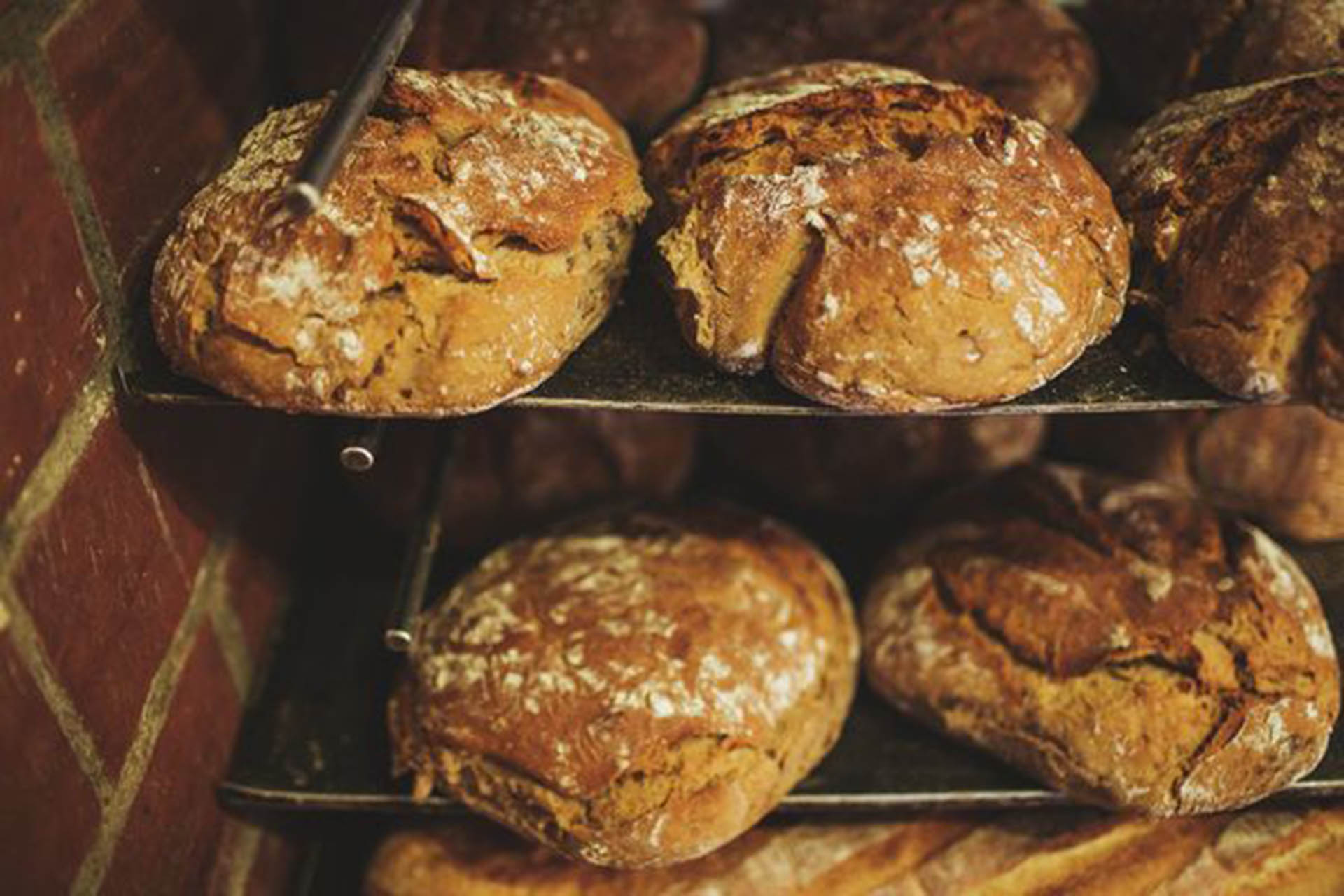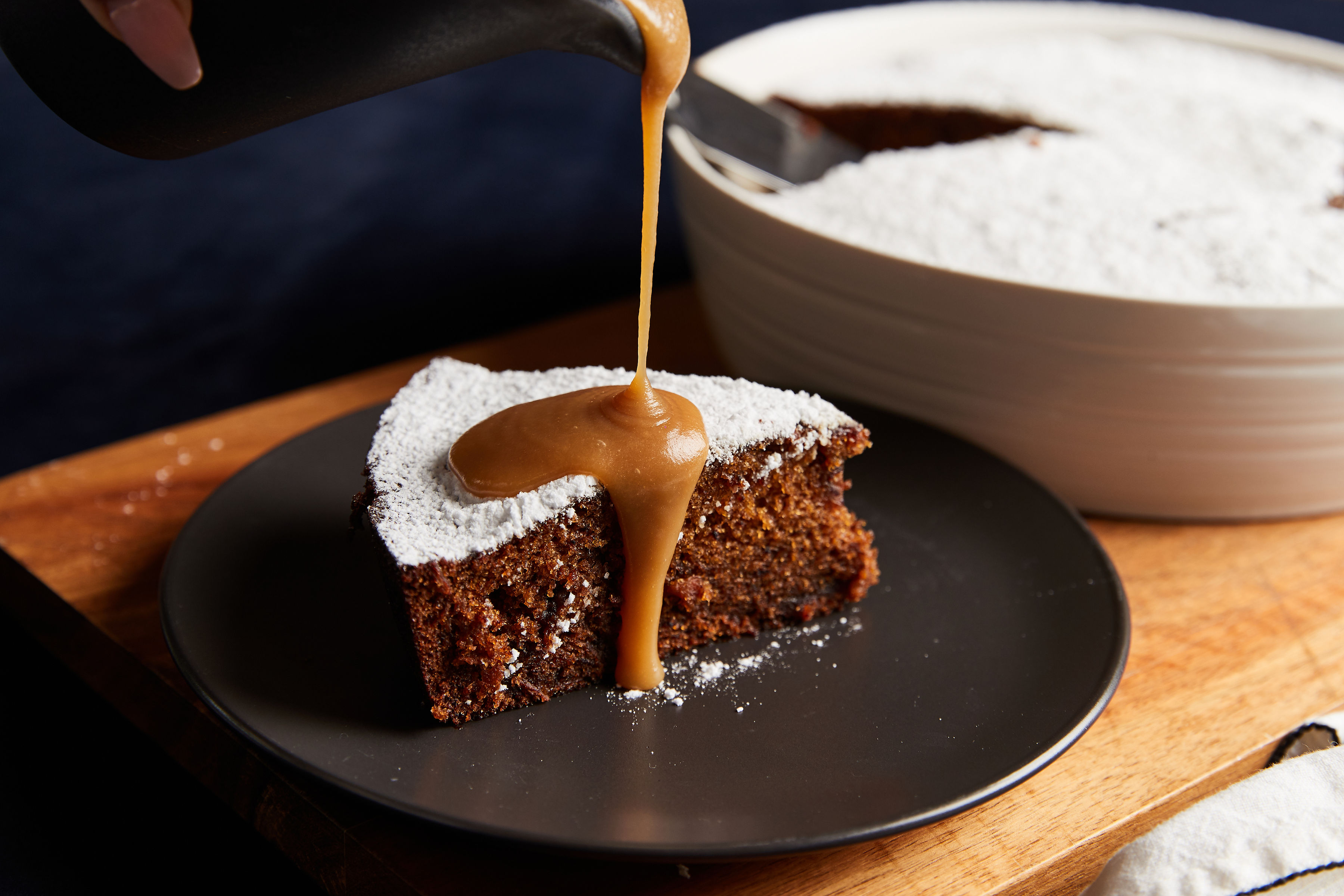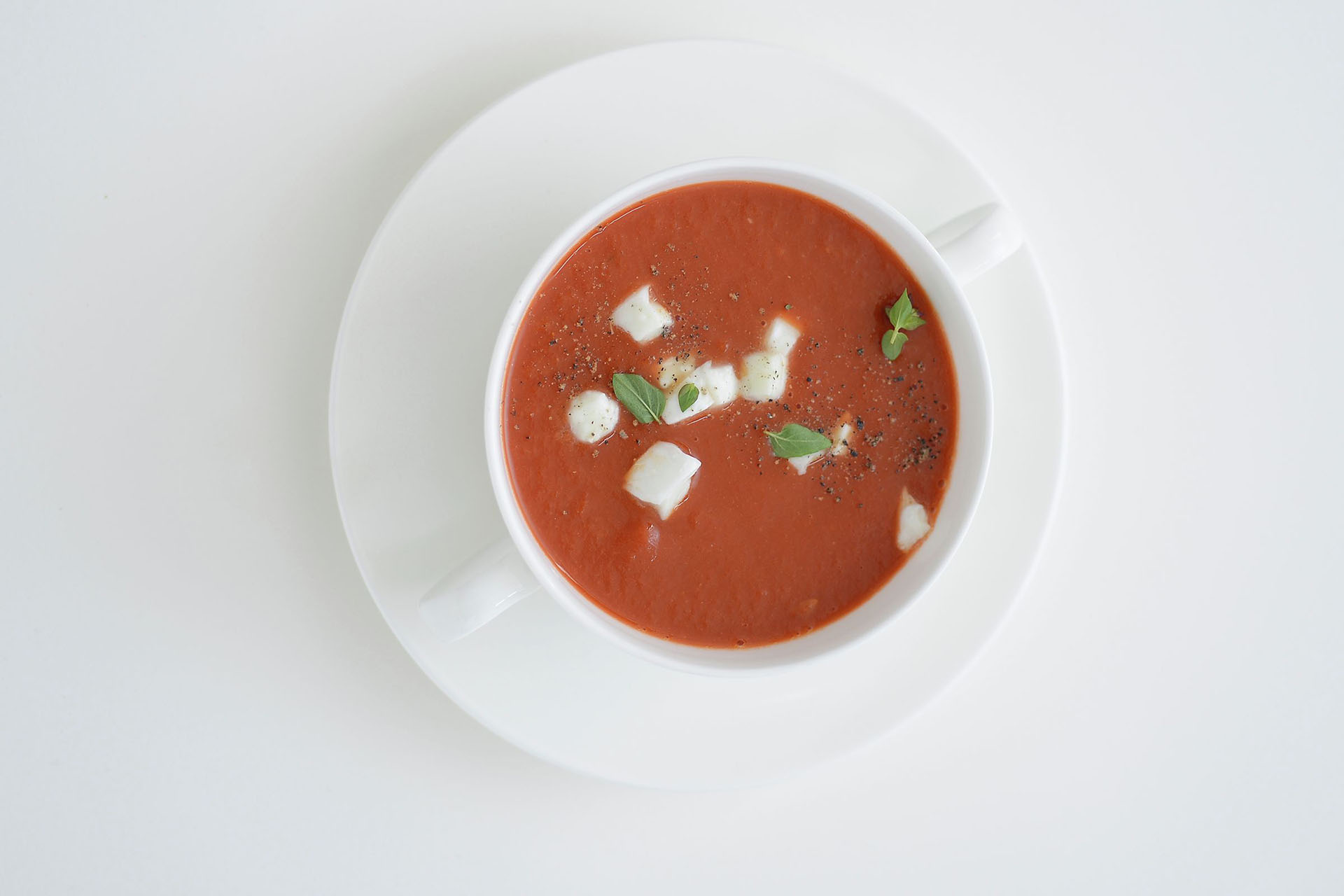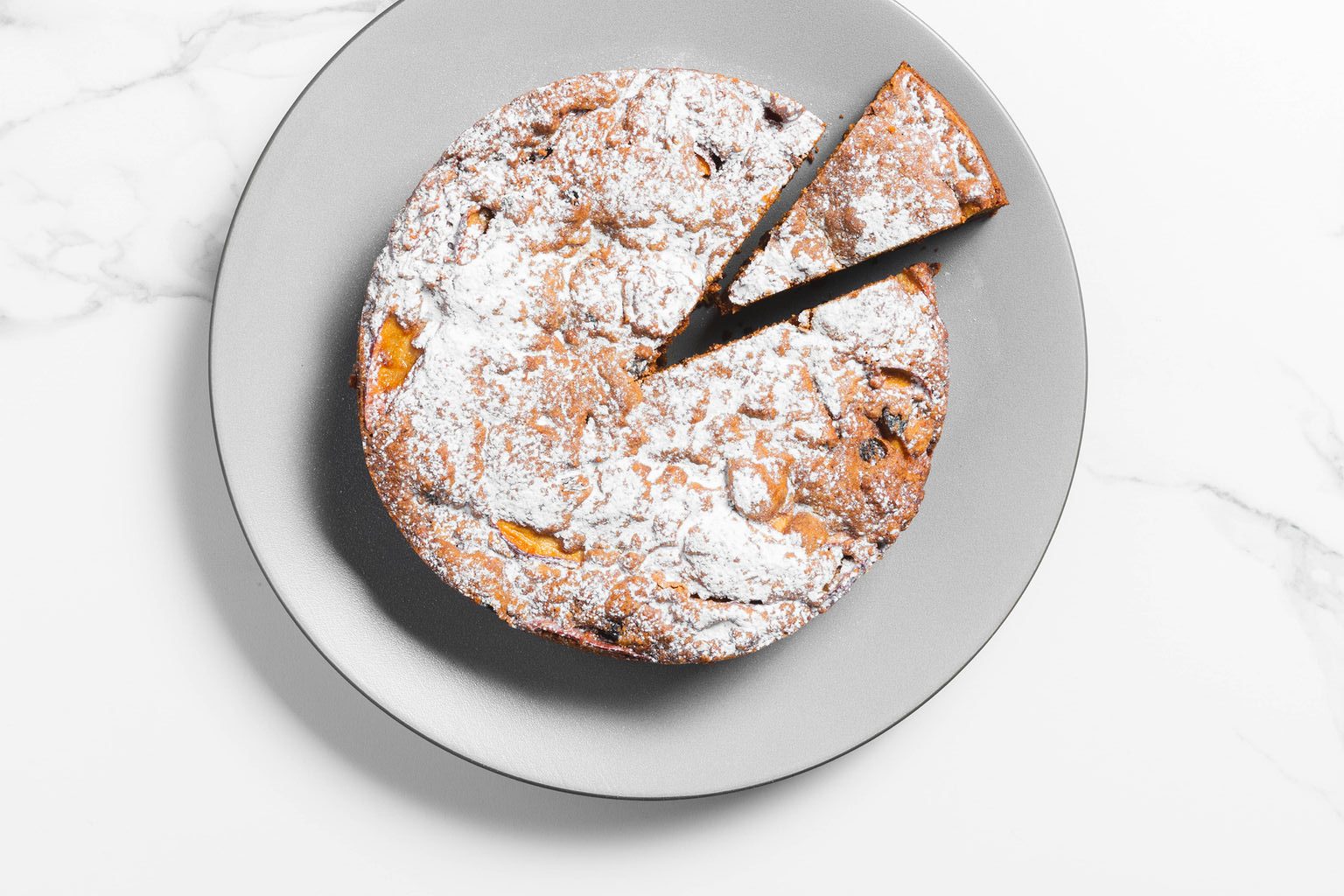
Nutmeg; The Real Posh Spice
Nutmeg (Myristica Fragrans); a spice of contrasts and depth – warm and sweet yet ever so slightly peppery. This faithful pantry staple is often reserved for baking, pies, or the annual eggnog because it packs a fragrant punch, but nutmeg has a deviant and expensive past that may surprise you. Emerald Gilmour enlightens us on the deep culinary history of nutmeg and its influence on anthropological patterns and behaviors both on and off the plate.
The presence of nutmeg dates back as far as 27BC when the Romans used it with enthusiasm as incense. Its status was first elevated in Medieval times when Europeans discovered its medicinal capabilities and consumed it to ward off illnesses from the common cold to the bubonic plague. Demand soared again when nutmeg arrived in Europe via Venice, and the fact that its origins were a mystery increased its allure. All that was known was that nutmeg was smuggled to Europe by a succession of Arab traders, until 1511 when the Portuguese seized the Indonesian Molucca Islands and discovered that the Banda group of islands within it were the specific source of nutmeg and mace (the fleshy lacy, skin that surrounds the nutmeg).
This promptly ended the successful Arab monopoly and soon after, the Dutch and British followed suit, tracing the path of the Portuguese to Indonesia. The British gained a foothold on two small Banda islands, whilst the Dutch initiated the all-out war, perpetrating genocide on the Bandanese and establishing a 200-year monopoly on the Spice Islands. Perhaps the most interesting nutmeg tale is that during this time the Dutch traded the island of Manhatten to the British in 1667 in return for the nutmeg-rich island of Rhun!
Over the following century, tens of thousands died in the pursuit of luxurious nutmeg, leading it to become more expensive than gold. In the 17th century, a ten-pound weight of nutmeg could be bought in the Banda Islands for one English penny and whole seeds were dipped in lime to prevent sprouting. Traders would then resell it in London for £2 10 schillings resulting in an inflation of 68,000%! Giles Milton even held nutmeg responsible for spawning a revolutionary new age of economics and world trade based on credit, banking systems, and ultimately free trade.
But the nutmeg dream was to come to an end but in 1810 when the British were back in the Spice Islands and stole nutmeg seedlings from the Bandas and planted them in various other tropical places that were then under British colonial control – India, Singapore, Penang, Ceylon, and The Caribbean. This meddling and cultivation led to a broken Dutch monopoly, plummeting prices, and signaled the beginning of the end of the top shelf spice.
Today of course, Nutmeg is extremely reasonably priced and readily available. Saffron has taken its place and reigns supreme as the most expensive spice in the world, selling for the US $65 per gram for the highest quality on the market (fun fact: if it’s suspiciously cheap, it’s fake!). Nutmeg is most frequently called for in custards and creamy desserts, and although it’s arguably out of fashion in 2019, I think nutmeg’s most valuable use is in meat dishes, providing warmth and depth of flavor like nothing else. Another thing to note is that recipes generally prescribe a small amount, which is sensible given that nutmeg consumed in large quantities is psychoactive and reported to be hallucinogenic (the active ingredient is related to mescaline!).
It’s so fabulous that each ingredient in our pantry has a history and use steeped in tradition. The more I respect the ingredients that I’m cooking with and how they got there, the more I enjoy cooking with them. I’m moving on to saffron now, and I encourage you to join me!









